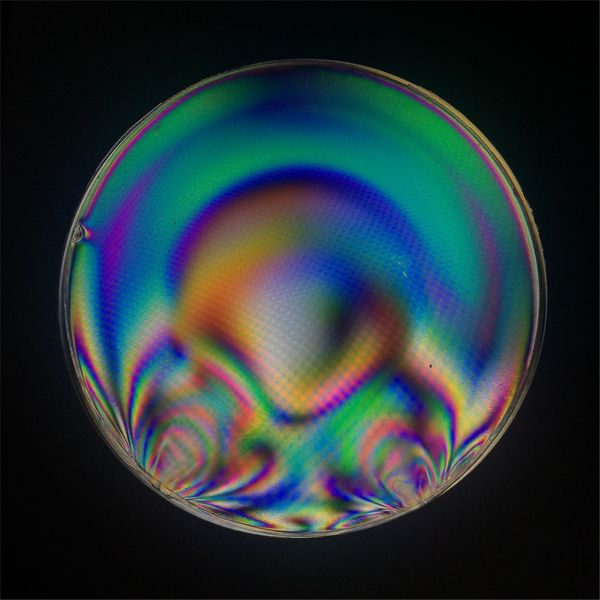Sonia/eye: Difference between revisions
No edit summary |
No edit summary |
||
| Line 29: | Line 29: | ||
inspiration <br> | inspiration <br> | ||
[https://www.youtube.com/watch?v=wvJAgrUBF4w <span style="color:#bbbbbb;">resonance] <br> | [https://www.youtube.com/watch?v=wvJAgrUBF4w <span style="color:#bbbbbb;">resonance] <br> | ||
[https://www.youtube.com/watch?v=hXOEoH5q3Hw <span style="color:#bbbbbb;">glow in the dark double pendulum] | [https://www.youtube.com/watch?v=hXOEoH5q3Hw <span style="color:#bbbbbb;">glow in the dark double pendulum] <br> | ||
[http://www.clausewitz.com/mobile/chaosdemos.htm <span style="color:#bbbbbb;">chaotic system demonstrators] | |||
keywords / other lines of inquiry <br> | keywords / other lines of inquiry <br> | ||
Revision as of 14:32, 20 November 2018
main idea
chaos theory +/or nonlinear systems in physics visualised (poetically).
end result
a screensaver :-/
what is chaos theory
"pioneered by MIT’s Edward Lorenz in the 1960s, chaos theory holds that many macroscopic physical systems are so sensitive to initial conditions that, even though they can be described by a deterministic theory, they evolve in unpredictable ways. A weather-system model, for instance, might yield entirely different results if the wind speed at a particular location at a particular time is 10.01 mph or 10.02 mph." — source
reference
double pendulum
triple pendulum
inspiration
resonance
glow in the dark double pendulum
chaotic system demonstrators
keywords / other lines of inquiry
turbulence, circular (nonlinear?) polarisation, complex wave systems, screensaver, high speed capture, slow motion, optical science, physics, flow, fluid mechanics, fractals...

